
OR
Editorial
Tapping surplus electricity for prosperity
Published On: April 18, 2023 07:53 AM NPT By: Republica | @RepublicaNepal
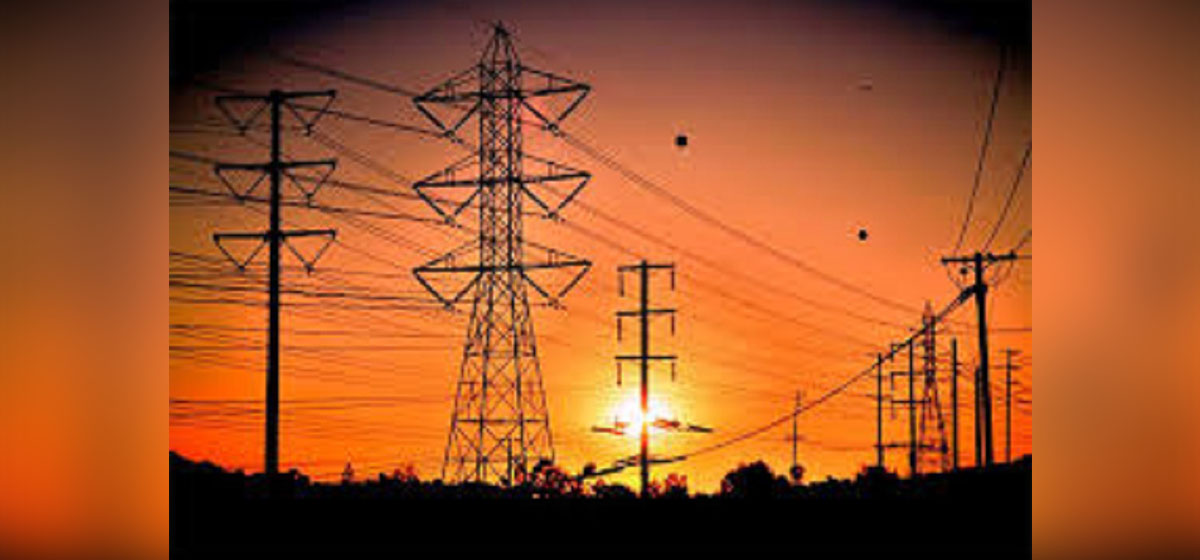
Nepal's electricity production has reached a milestone of 2,689.83 MW, and the capacity is expected to cross 2,800 MW by the end of the current fiscal year. This achievement is a testament to the country's progress in the power sector, thanks to both the public and private sector's contributions. The private sector power producers have added an impressive 552 MW of electricity to the national grid over the past year, with the largest project being the 86 MW Solu-Dudhkoshi. Additionally, nine projects with a combined production of 157.470 MW are currently in the test production stage, and these include three solar plants with a capacity of 18.8 MW and six hydropower plants of 138.67 MW.
While this progress is commendable, it is imperative that the government takes the initiative to export surplus power to neighboring countries such as India and Bangladesh. To do so, Nepal needs to develop cross-border transmission infrastructure to enable the export of electricity to these countries. The government can also work towards building strategic partnerships with power trading companies in India and Bangladesh to explore new avenues for the export of electricity. Another strategy would be to offer attractive tariffs and incentives to these countries to encourage them to purchase electricity from Nepal. Additionally, Nepal can work towards diversifying its power production mix to cater to the specific needs of its export markets, for example by increasing its solar power production capacity to cater to the demand for clean energy in India.
Nepal also needs to develop its domestic industries to consume more electricity, thereby reducing surplus and improving the local economy. Compared to developed countries like Canada and the US, which have per capita electricity consumption of 16,405 and over 12,314 kWh per year, respectively, Nepal falls far behind in the statistics. Iceland and Norway top the list, with per capita consumption of 52,980 kWh and 27,529 kWh per year, respectively. In contrast, as of mid-April 2022, Nepal's per capita electricity consumption stood at a mere 325 kWh. The government has set a target to increase this to 700 units by 2024. Recently, there has also been a noticeable shift towards using electricity for daily household activities in Nepal. Furthermore, there has been a significant decline in the import of liquefied petroleum gas, which suggests that domestic consumption of hydropower is on the rise. The import of LPG decreased by 19.2 million kg (1,352,112 cylinders) in the first eight months of the current fiscal year 2022/23 as compared to the entire consumption of the previous year, according to Nepal Oil Corporation (NOC). As a result, import-based Nepal saved Rs 1.91 billion from LPG imports during the review period. This is a positive development.
Without such measures, there is a significant risk of incurring huge losses not just for the power producers but also for the country's national economy. The government should work towards finding a market for Nepal's surplus power in India and Bangladesh at the earliest possible time. This initiative will not only generate additional revenue for the country but also create opportunities for investment and employment. Moreover, the export of electricity will help Nepal establish itself as a significant player in the region's energy market, thus enhancing the country's standing on the global stage. It is crucial to recognize the power sector's potential to drive economic growth and leverage it for the country's benefit. It is high time the government takes urgent measures to export Nepal's surplus power to neighboring countries, and the private sector must also play an active role in supporting this initiative. Doing so will help Nepal unlock the full potential of its power sector and pave the way for a brighter and more prosperous future.
You May Like This
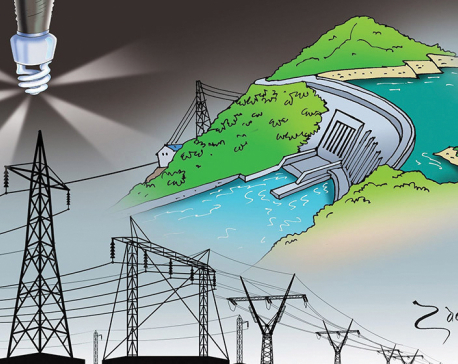
Bangladesh to buy 40 MW electricity from Nepal
KATHMANDU, Dec 8: The Bangladesh government has decided to import 40 MW of electricity from Nepal. A meeting of the... Read More...

Agreement on electricity export to Bangladesh
KATHMANDU, Dec 4: The Nepal-Bangladesh energy mechanism meeting held in the capital city on Tuesday has paved way to export... Read More...
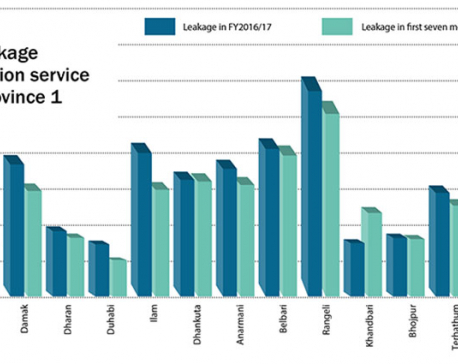
Electricity leakage in Province 1 down by 4 percentage points: Nepal Electricity Authority
KATHMANDU, March 14: Leakage and technical loss of electricity in Province 1 has decreased by 3.91 percentage points to 13.74 percent... Read More...
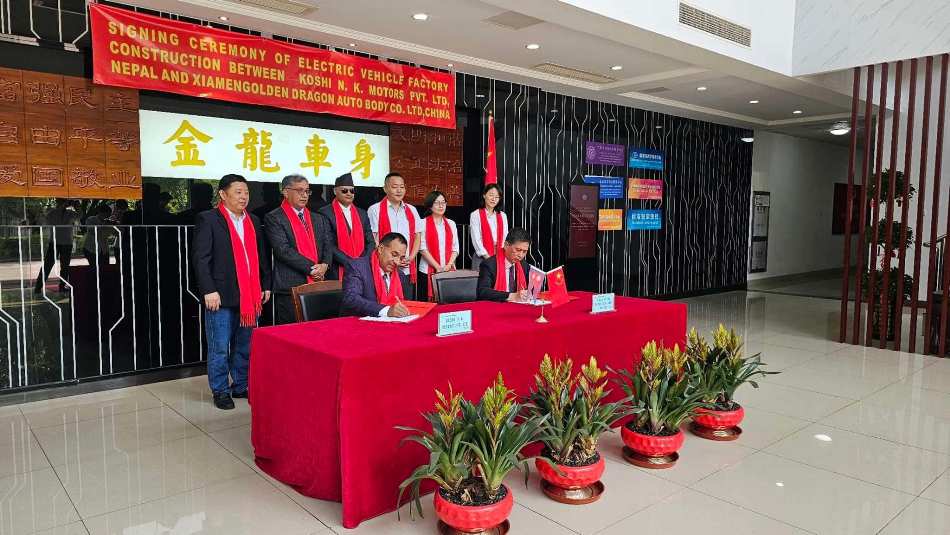
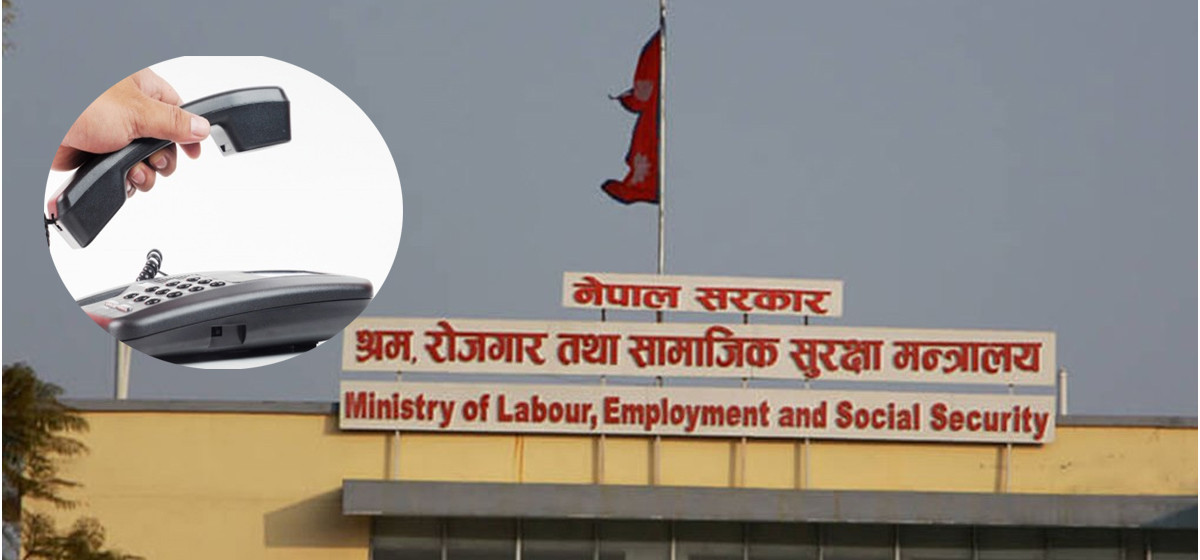

Just In
- Chinese company Xiamen investing Rs 3 billion in assembling plant of electric vehicles in Nepal
- NEPSE inches up 0.07 points, while daily turnover inclines to Rs 2.95 billion
- Gandaki Province reports cases of forest fire at 467 locations
- Home ministry introduces online pass system to enter Singha Durbar
- MoLESS launches ‘Shramadhan Call Center’ to promptly address labor and employment issues
- Biratnagar High Court orders Krishna Das Giri to appear before court within one month in disciple rape case
- Ilam by-election update: UML candidate Suhang maintains lead
- Korean embassy and NTB jointly commemorate 50th anniversary of Korea-Nepal diplomatic relations








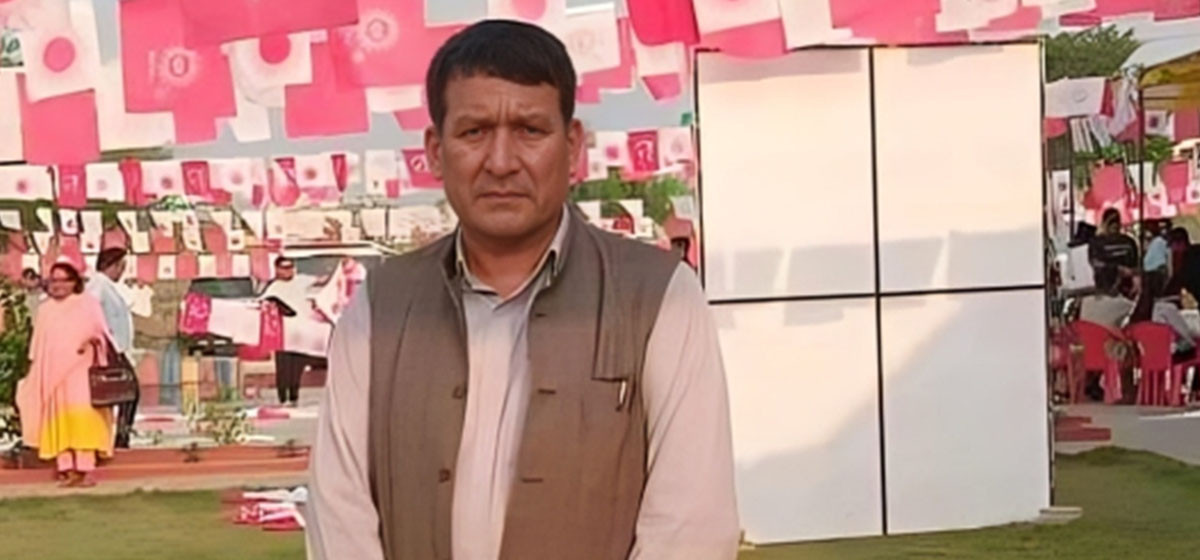
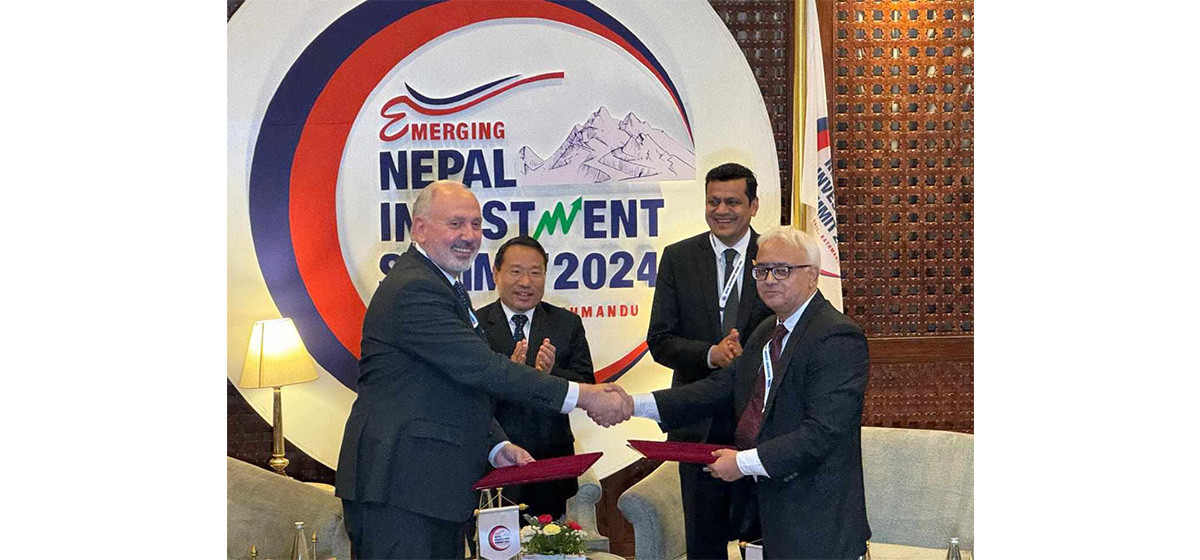

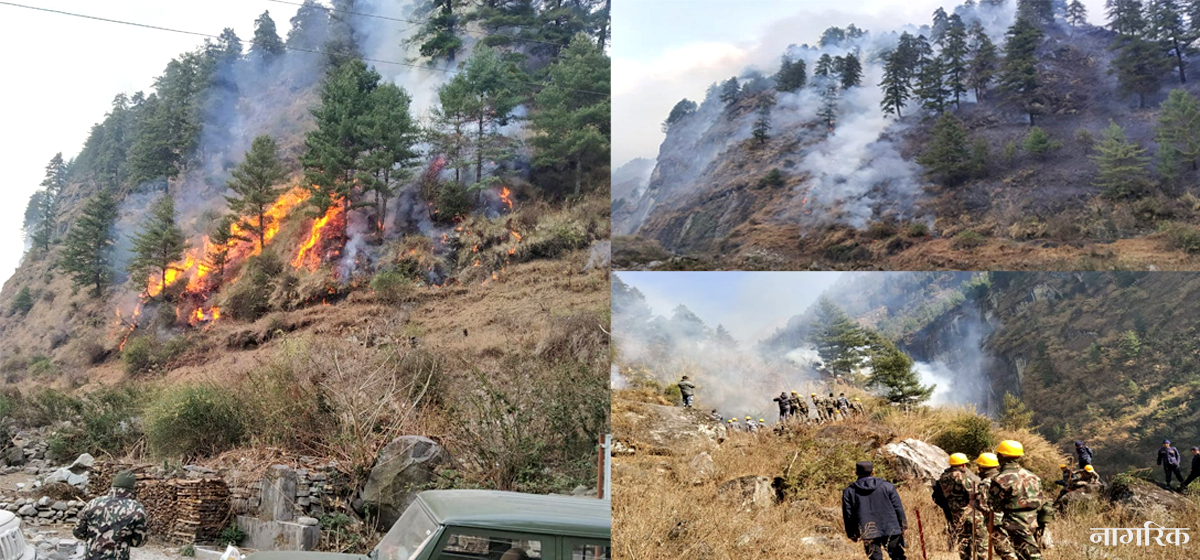

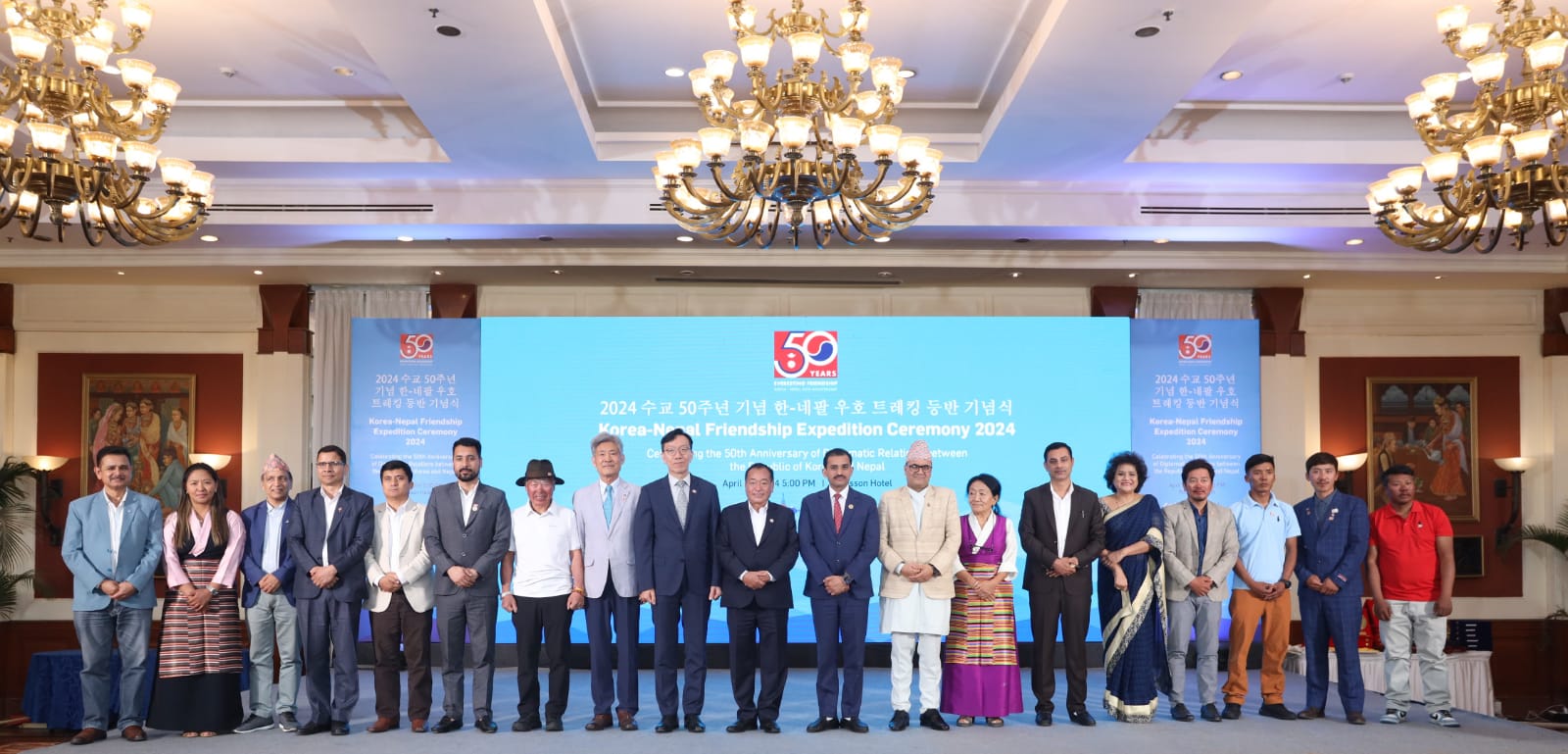
Leave A Comment